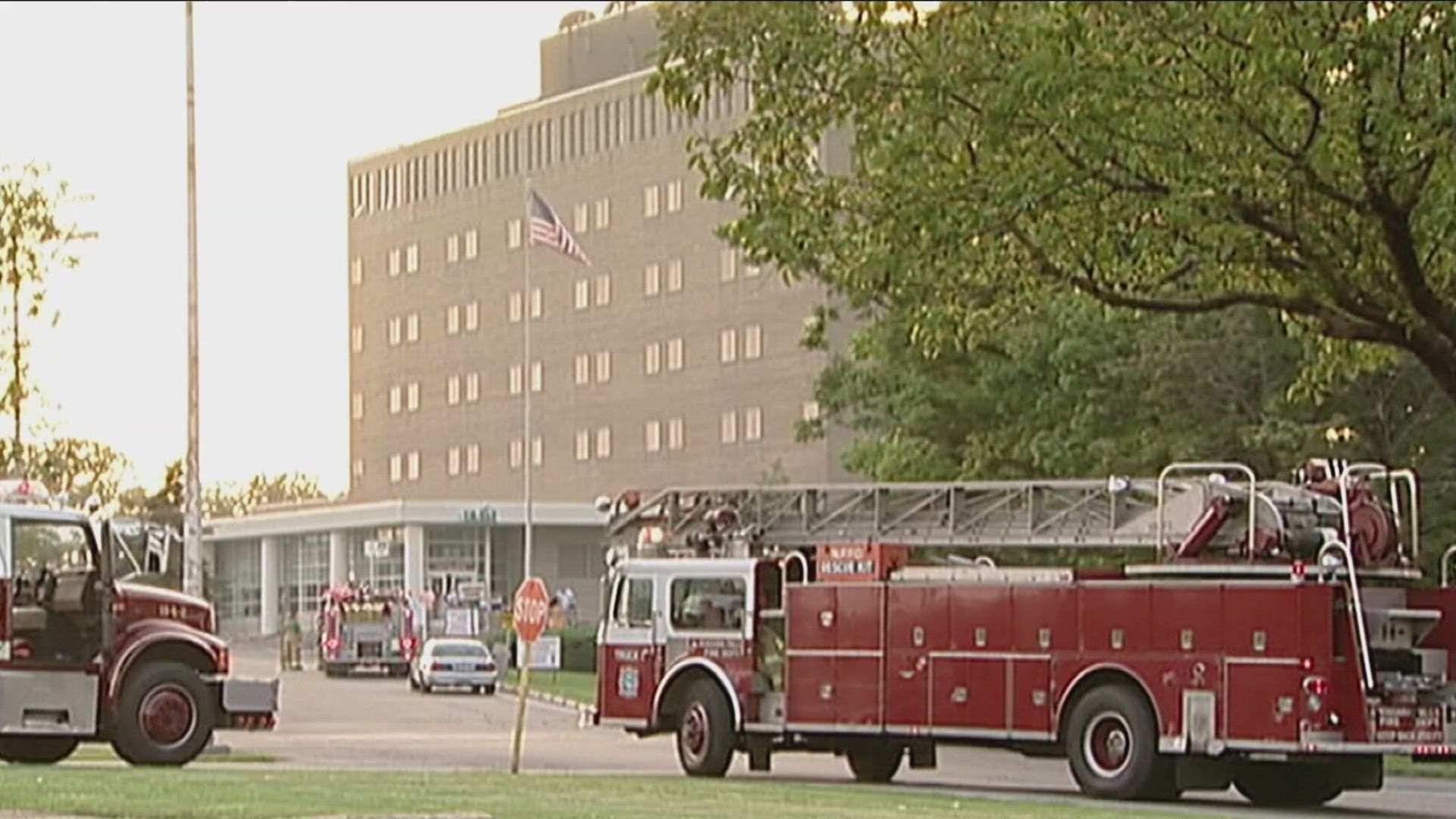BUFFALO, N.Y. — Where were you when the lights went out?
It was 20 years ago Monday that a widespread power outage, which began in the Midwest, resulted in a system failure affecting much of the northeast and Canada.
Two decades later there are still concerns with the electric grid, and the looming threat of power outages.
Without Warning
It came upon us suddenly, and like the flick of a switch the blackout cascaded across 9,300 square miles. More than 50 million people were without power from Vermont to New York, to Cleveland to Detroit and Toronto, Ontario.
It began shortly after 4 p.m. on August 14, 2003 and in Western New York 11 hospitals were running on generators.
Although civic leaders urged calm, with the nation being less than two years removed from the terror attacks of September 11, 2001 many began to speculate that it was an act of terrorism.
As the sun began to set the numbers began to rise of those rushing out, despite the absence of working traffic lights, to fill their cars and gas cans with fuel. Others mobbed stores to grab supplies to weather the impending darkness, cleaning them out of batteries and flashlights.
In the end the culprit turned out to be tree branches contacting some power lines in Ohio, and a software bug in an alarm system, that failed to warn operators there they needed to redistribute loads, setting off a chain reaction surge that took out more than 200 power plants.
While most affected areas had power restored by midnight, by the time it was over the great Northeast Blackout held the distinction of being the biggest blackout in US history.
Two Decades Later
It is 20 years later and our demand for energy has never been greater.
Some note that while there have been additional means developed to generate power, such as solar and wind, they've yet to supply enough energy to supplant the once more reliable means of generating electricity through fossil fuel fired and nuclear plants, which New York State has engaged on a course of shutting down under its environmental policies.
"There are newer forms coming on and newer projects contributing to the grid but it's not making up for the grid absence over the last 20 years," said Gregory Lancette of the The Clean Energy Jobs Coalition-NY (CEJC).
Because of this, according to CEJC there is actually less power being generated in new York State than there was 20 years ago.
“New York policymakers have given little attention to the increasing risk of power shortages created by the state’s climate and energy policy.” said James E. Hanley, fellow at the Empire Center, who noted the New York Independent System Operator recent warning of the high risk of blackouts in the not too distant future.
"The anniversary of the country’s largest blackout is a good time to reflect on the need to prioritize a reliable energy supply for the prosperity and safety of all New Yorkers."
Standard Operating Procedure
But no matter the means to create it, the manner in which power is delivered is still the grid.
The blackout resulted in the passage of the Energy Policy Act of 2005.
It created a North American Electric Reliability Corporation (NERC) which developed and enforces mandatory Reliability Standards and uniform practices for utilities.
Part of that involves a System Operator Certification Program, requiring dispatchers within power plants to not only pass an exam to demonstrate proficiency in dealing with operations and emergency situations, but to maintain their credentials through continuing education.
Power generators also have to conduct annual critical response drills, including the simulation of major system events.
Utilities have also been compelled to engage in mandatory tree trimming to prevent low hanging branches from coming into contact with major lines, which was at the root cause of the mass outage which occurred 20 years ago.
"It was good to see that they put systems and protocols in place that were standardized in the industry," Lancette said.

